calsfoundation@cals.org
Plum Bayou Mounds Archeological State Park
| Location: | Lonoke County |
| Size: | 185.3 acres |
Plum Bayou Mounds Archeological State Park (previously the Toltec Mounds Archeological State Park) near Scott (Pulaski and Lonoke counties) is one of Arkansas’s most significant pre-European archaeological sites. The Toltec Mounds Site, with the state’s tallest Indian mounds, is also a National Historic Landmark.
In 1812, Louis Bringier, a French explorer from New Orleans, Louisiana, traveled to present-day Arkansas and became the first European to discover the mounds. His description of the site’s “tolerably regular” alignment of mounds and the height of the two tallest mounds in contrast to the surrounding alluvial flatlands, the first such description, was reported in newspapers in 1821.
William Peay Officer and his wife, Mary Eliza, purchased the area in 1849. There they maintained a residence, which they called Lake Mound Plantation and used for escaping Little Rock (Pulaski County). In the 1870s, having been widowed and subsequently remarried to Gilbert Knapp, Mary Eliza contacted the Smithsonian Institution in reference to any interest the institution might have in the site. In response, the Smithsonian sent Edward Palmer to investigate the mounds. Palmer identified the site with the Toltec Indians of Central America, though this conclusion was later proven in error. Research undertaken by the Arkansas Archeological Survey since 1975 has linked the mounds to people of the Plum Bayou culture, who had used the site mainly for ceremonial and religious purposes from about AD 700 to 1050.
The site was unprotected between the 1849 and 1975. It was privately owned and heavily farmed. The Toltec Site was placed on the National Register of Historic Places in 1973, and the state began trying to acquire the property. The Department of Parks and Tourism completed the purchase with state and federal funds in 1975. The site was made a National Historic Landmark in 1978. Toltec Mounds Archeological State Park opened to the public in 1980. On April 19, 1986, 4.78 acres of archaeologically significant land was added to the park. This area was acquired with the assistance of the Nature Conservancy through a donation from Mr. and Mrs. George Alexander of Scott.
In 2021, state Representative Justin Gonzales proposed a bill, HB 1823, to rename the park Chief Heckaton Archaeological State Park, after Heckaton, a Quapaw chief who lived centuries after the site was site was used, but the bill did not advance out of committee. However, plans were later developed to rename the park Plum Bayou Mounds Archeological State Park in order to reflect more accurately the culture that produced the mounds, and the park was officially renamed on November 2, 2022.
The state Department of Parks and Tourism and the Arkansas Archeological Survey cooperatively manage the park. Since the inception of this partnership, the park’s goals have been preservation and research through archaeological studies and subsequent interpretation of findings. A long-range plan for research and development of the site’s prehistory and archaeology is ongoing.
Park trails pass through the 110-acre mound complex, and a boardwalk allows guests to watch wildlife amid towering cypress trees on the edge of Mound Pond. Visitor access on the site is by self-guided tours. Tours leave the visitor center and follow the Knapp Trail, a three-quarter-mile, barrier-free trail, or the 1.6-mile Plum Bayou Trail. Points of interest are the various earthworks and boardwalk that extend onto Mound Pond. The visitor center contains interpretive exhibits, an audio/visual room, a vending and gift sales area, and restrooms. The local research station of the Arkansas Archeological Survey and its laboratory are housed in the visitor center. School and other groups may request guided tours and programs, which may include talks on archaeology, Native Americans, and environmental studies. A fully enclosed educational pavilion is available for school programs, regularly scheduled special events, and crafting workshops held throughout the year.
For additional information:
Ellison, Joan. “Pulaski County State Parks: Toltec Mounds.” Pulaski County Historical Review 57 (Fall 2009): 107–109.
Flaherty, Joseph. “Feedback Sought on Toltec Renaming.” Arkansas Democrat-Gazette, April 12, 2022, pp. 1B, 6B. Online at https://www.arkansasonline.com/news/2022/apr/12/officials-to-solicit-feedback-on-name-of-toltec/ (accessed April 12, 2022).
Moss, Teresa. “State Renames Toltec Archaeological Site.” Arkansas Democrat-Gazette, November 3, 2022, pp. 1B, 2B. Online at https://www.arkansasonline.com/news/2022/nov/03/state-renames-toltec-mounds-park-to-plum-bayou/ (accessed November 3, 2022).
Rolingson, Martha Ann. Emerging Patterns of Plum Bayou Culture. Research Series No. 18. Fayetteville: Arkansas Archeological Survey, 1996.
———. “The Toltec (Knapp) Mounds Group in the Nineteenth Century.” In Arkansas Archeology, Essays in Honor of Dan and Phyllis Morse, edited by R. C. Mainfort Jr. and M. D. Jeter. Fayetteville: University of Arkansas Press, 1999.
———. Toltec Mounds and Plum Bayou Culture: Mound D Excavations. Research Series No. 54. Fayetteville: Arkansas Archeological Survey, 1998.
Staff of the Arkansas Department of Parks and Tourism
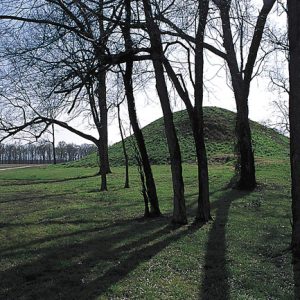
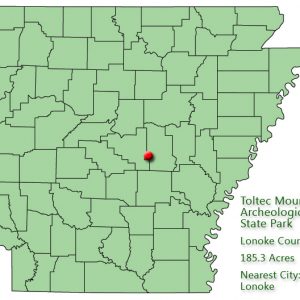

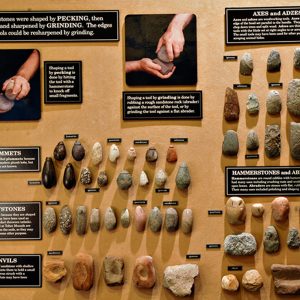
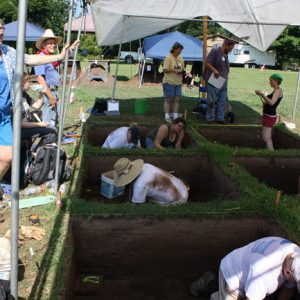
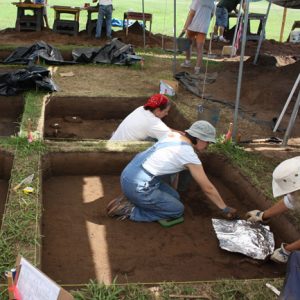
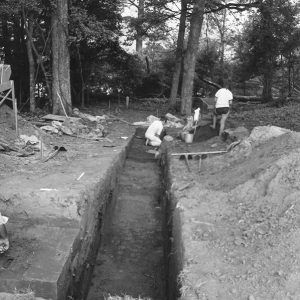

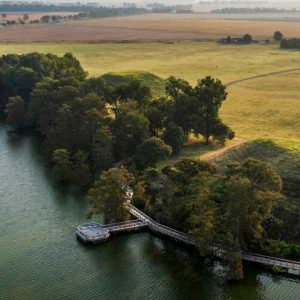
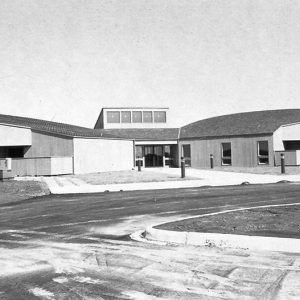
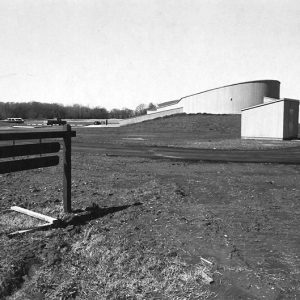
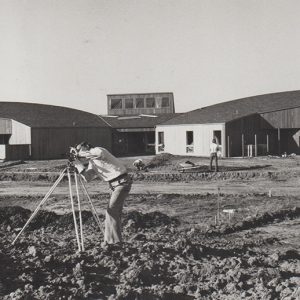
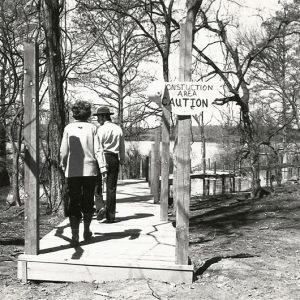
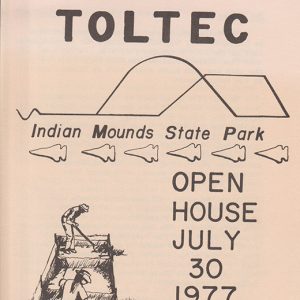
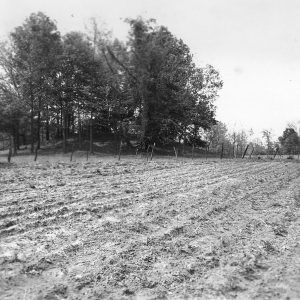




Comments
No comments on this entry yet.